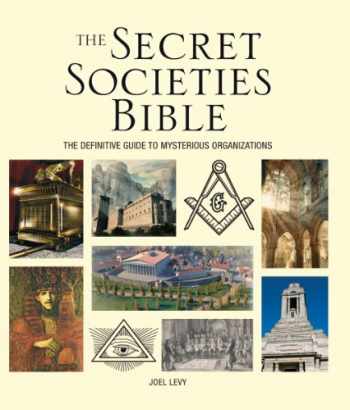

In 2020, archaeologists discovered several so-called “megatombs”-large chambers full of coffins, mummies and other goods. Researchers have been studying Saqqara since 1850 and continue to unearth significant finds there. Today, the five-mile plot, located roughly 20 miles south of Cairo on the west bank of the Nile River, is “dotted with the remains of temples, tombs and walkways that, together, span the entire history of ancient Egypt,” as Smithsonian’s Jo Marchant reports. Saqqara served as an important ancient Egyptian burial ground for more than 3,000 years. Dabrowski / University of Warsaw Polish Centre of Mediterranean Archaeology Years after Djoser died around 2575 B.C.E., Egyptian officials still wanted their final resting place to be near the “important and revered king from the glorious past,” Kuraszkiewicz tells Live Science’s Owen Jarus.Ĭourtesy of J. It’s not surprising that Mehtjetju was buried near king Djoser, whose Step Pyramid at Saqqara was the first of its kind.

“The decoration is unfinished probably because the investor died before the work was completed and was buried in the hastily finished tomb.” “If he had not been buried there, the tomb would most likely have been taken over by someone else,” Kuraszkiewicz says in the statement. But they plan to explore the tomb’s interior, which likely includes the burial chamber and, possibly, Mehtjetju’s mummy, this fall. They can’t see for themselves yet, as they’ve only unearthed the façade. They only made sketches in black ink on lime plaster-a kind of rough draft for reliefs depicting cows, oryxes and ibexes.ĭespite the unfinished work, archaeologists still believe Mehtjetju was laid to rest in his tomb. Still, Mehtjetju’s talented artisans hired did not have time to complete the carvings on the façade. “The elegance of the lines and subtlety of the modeling rival the best reliefs in the vizier’s tomb,” the archaeologists say. The tomb’s rock was very brittle and required experts from the National Museum in Warsaw to immediately intervene and conserve it. Mehtjetju’s royal job would have given him enough social status to hire “an exceptionally skilled hand” to build and decorate his resting place, per the statement. Kowalska / University of Warsaw Polish Centre of Mediterranean Archaeology Kuraszkiewicz says.Īrchaeologists from the University of Warsaw Polish Centre of Mediterranean Archaeology uncovered the tomb.Ĭourtesy of A.

Mehtjetju likely lived at about the same time, at some point during the reigns of the first three rulers of the Sixth Dynasty: Teti, Userkare and Pepy I, archaeologist and expedition director Kamil O. The researchers found the tomb while excavating the dry moat that encircles the pyramid complex, not far from another burial site also discovered by the team-that of vizier, or high official, Merefnebef. They date the find, which was discovered at the Step Pyramid of King Djoser, to the reign of the first pharaohs of the Sixth Dynasty, around 2300 B.C.E. Heiroglyphics on the tomb indicate that he handled royal, sealed documents, and also served as a priest and an inspector of the royal estate, per a statement from the expedition team. Researchers at the University of Warsaw’s Polish Centre of Mediterranean Archaeology say it belonged to a man named Mehtjetju. That’s what archaeologists believe happened at a tomb recently discovered in the ancient Egyptian necropolis Saqqara. Crews hastily tried to decorate his burial site, but stopped short of carving the decorative reliefs of sacrificial animals on the façade-they simply ran out of time. Roughly 4,300 years ago, an ancient Egyptian dignitary who handled secret documents for the pharaoh died unexpectedly.


 0 kommentar(er)
0 kommentar(er)
